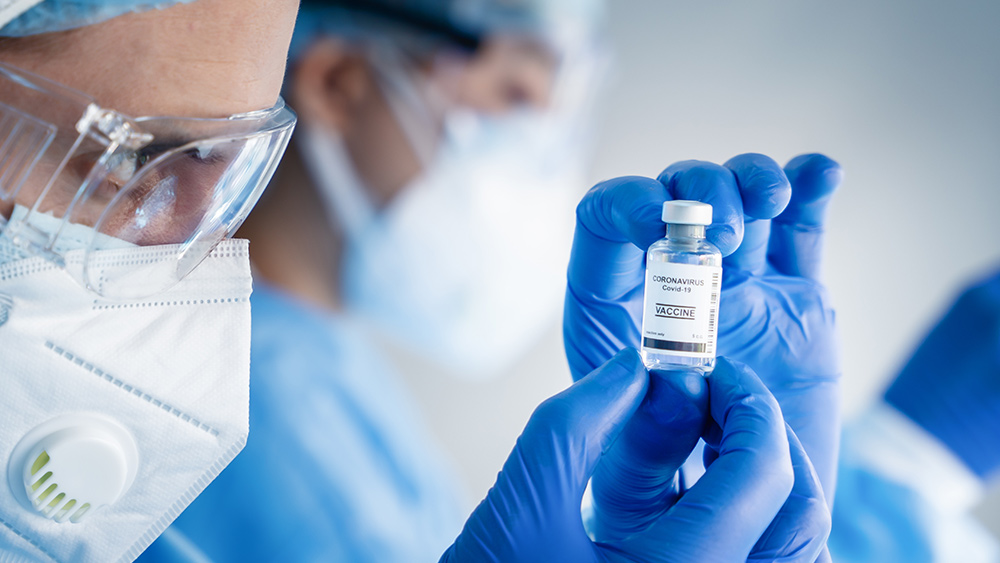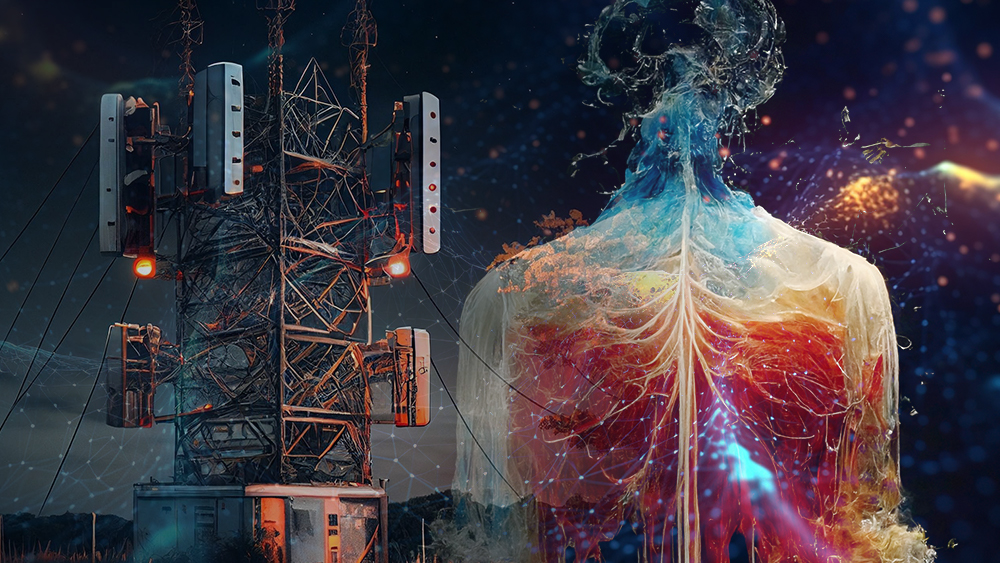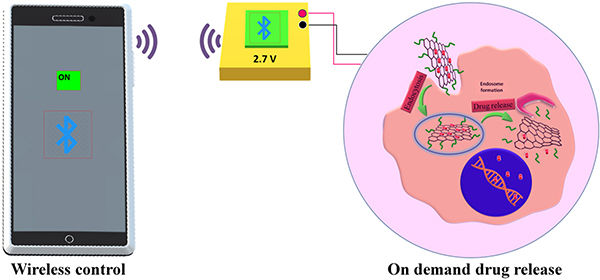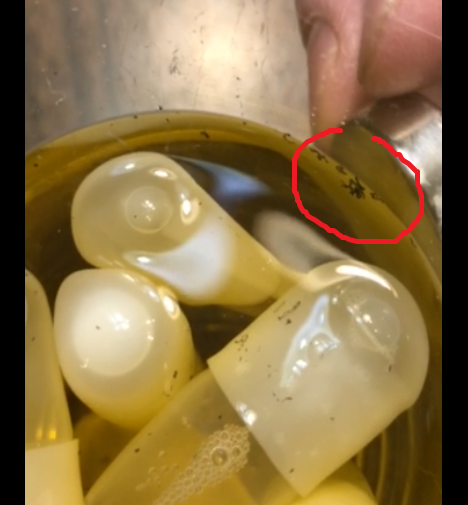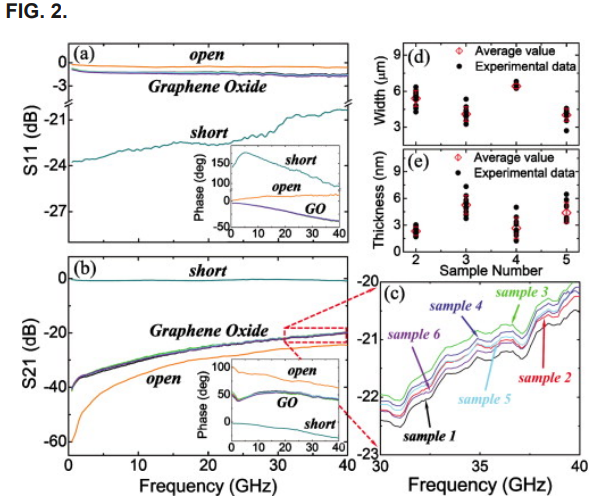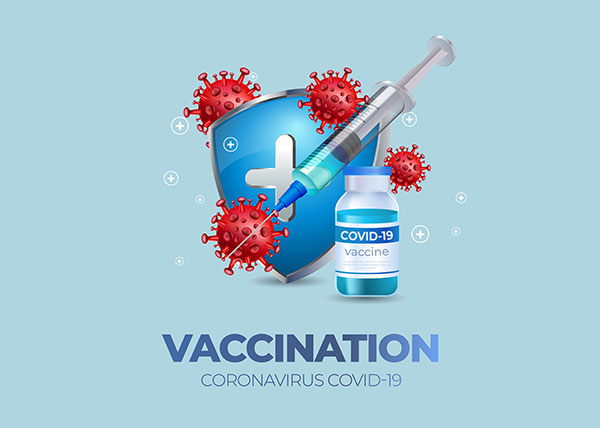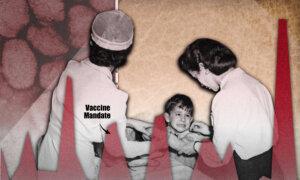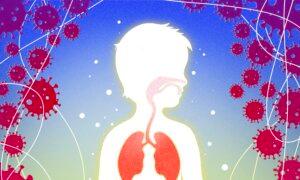Staphylococcus aureus bacteria use an immune system trick to colonize up to 80% of humans, and that same strategy to evade vaccine-based immunity. This explains why all staph vaccines up to now have failed to provide clinically relevant immunity, according to a paper published last month in Cell Reports Medicine.

Miss a day, miss a lot.
Research into vaccines for Staphylococcus aureus (S. aureus), the most common type of staph infection, has led to experimental vaccines that protect mice but fail in humans. A paper published Jan. 16 in Cell Reports Medicine explained why.
When a person first encounters staph, the bacterium fools the human immune system into releasing ineffective antibodies instead of the neutralizing antibodies typically associated with robust immunity. That “trick” allows S. aureus to colonize us, usually harmlessly.
When a colonized person’s immune system is later challenged with a staph vaccine it does not make new, effective antibodies. Instead, it calls up more of the same ineffective antibodies that allowed the bug to colonize the individual in the first place.
Vaccine developers have tried at least three different approaches to S. aureus vaccination but all were met with the same issue.
The immune system is willing …
S. aureus is one of 30 Staphylococcus species in nature and 11 that colonize humans as part of the human microbiome. It is found in the nostrils, skin and other reservoirs in healthy people and is only dangerous when it enters the bloodstream, particularly in immunocompromised individuals.
Up to 80% of humans harbor Staphylococcus species.
The human immune system makes antibodies against S. aureus as it does against other microbial invaders. But instead of neutralizing antibodies that fight colonization and infection, S. aureus tricks the immune system into producing ineffective antibodies that allow the bug to continue colonizing us
When the colonized person is challenged with either S. aureus infection or vaccination, these dummy antibodies reemerge in force but do nothing to help the patient. Vaccination amplifies this effect — which is why S. aureus infections must be treated with antibiotics.
Vaccination “only works when the initial immune response to that pathogen was actually protective,” said J.R. Caldera, Ph.D., a co-author of the paper, in a news release.
Since 80% of staph infections are caused by the invasion of the same strain colonizing the individual’s nose or skin, their “initial immune response” was not protective so subsequent responses will not be either.
“What sets SA [Staphylococcus aureus] apart is that the bacteria themselves have ways of evading the immune system from the moment they encounter us, and these evasive strategies are only reinforced by vaccination,” Caldera said.
… but the antibodies are weak
Anti-staph vaccines generate strong immune responses to vaccination and infection but those responses are directed toward bacterial features that S. aureus uses to fool its host into accepting peaceful coexistence.
This is a case of vaccine-induced immune system priming or “original antigenic sin” — the process by which a vaccine locks in the response vaccinated people make when confronted with the pathogen.
This failure eventually led vaccine researchers down another dark alley, toward vaccines targeting the S. aureus toxin instead of the bacterium. So-called “toxoid” strategies are the basis of tetanus, diphtheria and DTP vaccines.
But “remarkably, both active [vaccine-based] and passive [antibody-based] platforms of immunization against SA toxins were also met with failures,” said senior author George Liu M.D., Ph.D., professor of pediatrics at the University of California San Diego School of Medicine.
For example, a 2021 AstraZeneca-funded study of suvratoxumab, a monoclonal antibody targeting the S. aureus toxin, found that progression to pneumonia in staph-infected patients was no lower in treated than in untreated subjects.
Most pathogens, especially bacteria, are complex organisms carrying several different antigens. Vaccine developers usually target the most prominent antigen to trigger the strongest, most relevant immune response.
On that basis, Liu considered a third possible S. aureus vaccine strategy: targeting minor cell wall antigens on S. aureus instead of its toxins or the main antigen.
This approach would tend to induce weaker immune responses requiring high vaccine or adjuvant doses, but it fell short as well.
Antibiotic resistance leads to ‘super-bugs’
Nostrils are the main staph reservoir in humans and a significant source of infection, but the bug also colonizes the skin, perineum, vagina, throat and gastrointestinal tract.
Staph infections occur when the bacteria enter the bloodstream, joints, heart or skin, usually when the person’s immune system is weakened. Standard antibiotics usually cure staph infections.
However, over the past 70 years, bacteria that colonize humans have found ways to counter the use or overuse of antibiotics and antimicrobials designed to kill them. Some bacteria have developed resistance to these agents, making antibiotics less effective or completely ineffective.
One type of antibiotic-resistant S. aureus, “methicillin-resistant” S. aureus or “MRSA,” is of particular concern.
The most common MRSA outcome outside of hospitals is a skin infection. But serious cases can lead to pneumonia or other serious organ infections. Untreated MRSA infections can cause sepsis — an extreme, system-wide response to an infection.
Hospitalized patients are more susceptible to severe, life-threatening outcomes since they are exposed to fellow patients’ staph strains as well as the ones they carry. Surgical site infections are a significant source of serious, systemic staph infections.
The medical and social costs, direct and indirect, of antibiotic resistance in the U.S. may be as high as $55 billion per year. More than 2.8 million Americans per year have an antibiotic-resistant infection and 35,000 die. S. aureus caused nearly 120,000 bloodstream infections — the most serious kind — and 20,000 deaths in the U.S. in 2017.
Could S. aureus be beneficial?
The negative effects of S. aureus on human health are fairly well understood.
We know staph bacteria colonize us, are tolerated by the immune system and cause disease when they enter the bloodstream or invade the skin. We also know that S. aureus antibody responses do not clear the bacterium or eliminate either colonization or infection.
But the role of S. aureus as part of a normal, healthy microbiome has not been extensively investigated.
A 2022 study on components of the skin microbiome suggested that at least one Staphylococcus species, S. hominis — the bug mostly responsible for body odor — may prevent skin infections.
Another species that mainly colonizes skin, S. epidermis, is both anti-inflammatory and antibacterial.
A 2015 study found that chronic S. aureus infection prevented the development of autoimmune encephalomyelitis in a rat model of multiple sclerosis. Encephalomyelitis is inflammation of the brain and spinal cord. Although infection itself caused some types of inflammatory markers to rise it reduced the severity of nerve cell and central nervous system inflammation.
“SA [S. aureus] has been with humans a long time, so it’s learned how to be part-time symbiont, part-time deadly pathogen,” Liu said. “If we’re going to develop effective vaccines against SA, we need to understand and overcome the strategies it uses to maintain this lifestyle.”

